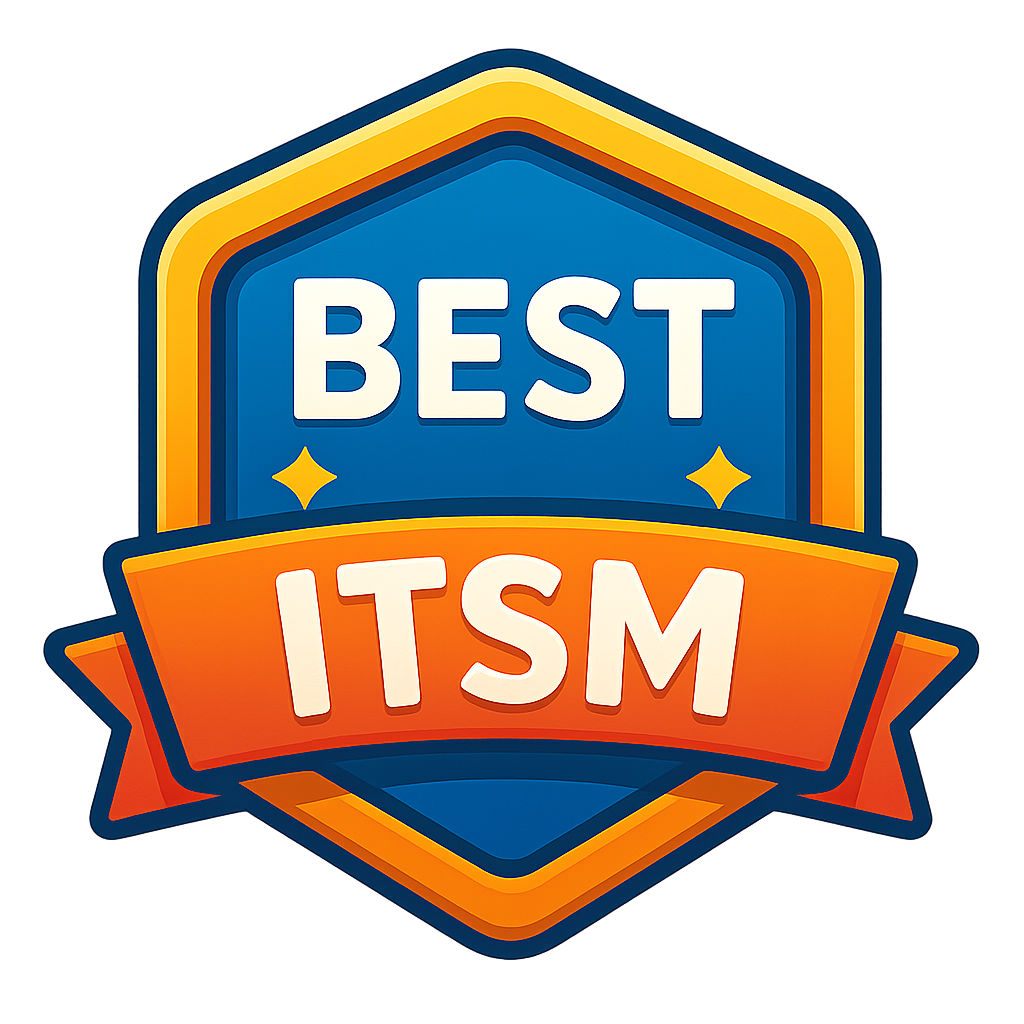Cloud-native ITSM in IT Service Management
Cloud-native ITSM (IT Service Management) represents a significant departure from traditional ITSM architectures, built specifically to take full advantage of cloud computing capabilities. Understanding the technical architecture behind cloud-native ITSM platforms is crucial to grasping why they offer such benefits in terms of scalability, flexibility, and efficiency.
The Technical Architecture of Cloud-Native ITSM
- Microservices Architecture
- Modularity and Independence: Cloud-native ITSM platforms often utilize a microservices architecture, where the system is broken down into small, independent services that can be developed, deployed, and scaled independently. Each microservice is responsible for a specific function—like ticket management, user authentication, or reporting—allowing teams to update or scale these services without affecting the entire system.
- Communication via APIs: These microservices communicate with each other through APIs (Application Programming Interfaces), often using lightweight protocols like HTTP/HTTPS and messaging queues like RabbitMQ or Kafka. This API-driven approach ensures that different components of the ITSM platform can interact seamlessly, regardless of the underlying technology stack.
- Containerization
- Containers for Portability: Cloud-native ITSM platforms typically leverage containerization technologies like Docker and Kubernetes. Containers package the microservices along with their dependencies, ensuring that they run consistently across different environments—whether on a developer’s laptop, a test environment, or in production.
- Orchestration with Kubernetes: Kubernetes, the leading container orchestration tool, is often used to manage the deployment, scaling, and operation of these containers. Kubernetes automates many aspects of managing containers, such as load balancing, self-healing, and scaling, making it easier to maintain the platform’s reliability and performance.
- Serverless Computing
- Function-as-a-Service (FaaS): Some cloud-native ITSM platforms incorporate serverless computing models, where certain functions are executed in a serverless environment. This approach allows these platforms to dynamically allocate resources to functions only when they are needed, optimizing resource utilization and reducing costs. Popular FaaS platforms include AWS Lambda, Google Cloud Functions, and Azure Functions.
- Event-Driven Architecture: Serverless components often operate in an event-driven architecture, where certain events (like a new incident being logged) trigger the execution of specific functions. This allows for real-time processing and response, further enhancing the responsiveness of the ITSM platform.
- Continuous Integration and Continuous Deployment (CI/CD)
- Automated Pipelines: Cloud-native ITSM platforms employ CI/CD pipelines to automate the integration of code changes and their deployment to production. Tools like Jenkins, GitLab CI, or CircleCI are used to automate testing, build processes, and deployment, enabling rapid release cycles and ensuring that updates are rolled out smoothly without downtime.
- Blue-Green Deployments and Canary Releases: Techniques like blue-green deployments and canary releases are often used to minimize the risk associated with new releases. These strategies involve deploying updates to a subset of users or environments before rolling them out platform-wide, ensuring that any issues can be detected and addressed early.
- Elastic Scalability
- Auto-Scaling: Cloud-native ITSM platforms are designed to scale automatically in response to demand. Using cloud-native features like AWS Auto Scaling or Google Cloud’s horizontal scaling, the platform can automatically adjust the number of running instances of microservices based on real-time demand, ensuring optimal performance without over-provisioning resources.
- Global Distribution with CDNs: To further enhance performance and reliability, cloud-native ITSM platforms often integrate with Content Delivery Networks (CDNs) and edge computing services. This global distribution ensures that users worldwide have fast and reliable access to ITSM services, reducing latency and improving the overall user experience.
- Data Management and Storage
- Distributed Databases: For handling data, cloud-native ITSM platforms often utilize distributed databases like Amazon DynamoDB, Google Cloud Spanner, or Azure Cosmos DB. These databases are designed to scale horizontally and offer high availability and fault tolerance across multiple regions.
- Data Lakes and Real-Time Analytics: In addition to traditional databases, cloud-native platforms may employ data lakes (using services like AWS S3 or Azure Data Lake) to store vast amounts of structured and unstructured data. Real-time analytics engines, such as Apache Kafka or Apache Spark, can be integrated to provide immediate insights into service performance and user behavior.
The technical architecture of cloud-native ITSM platforms is a testament to their power and flexibility. By leveraging microservices, containerization, serverless computing, and advanced data management techniques, these platforms offer a scalable, resilient, and highly efficient solution for modern IT service management. As organizations continue to embrace digital transformation, cloud-native ITSM platforms provide the technological foundation needed to support agile, responsive, and robust IT services.
